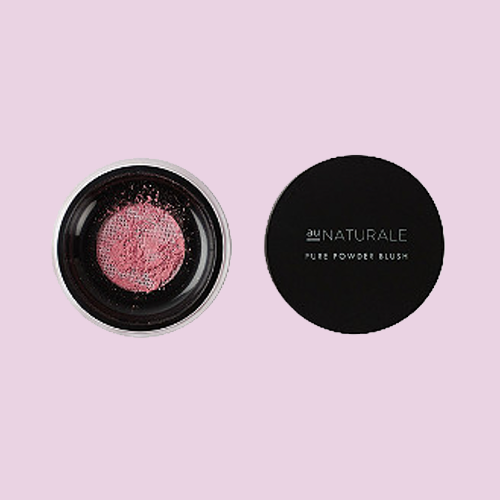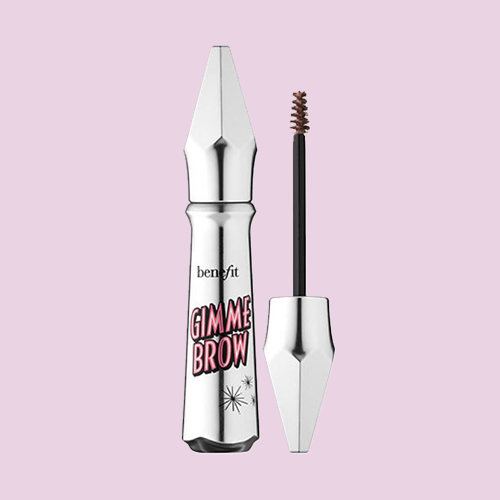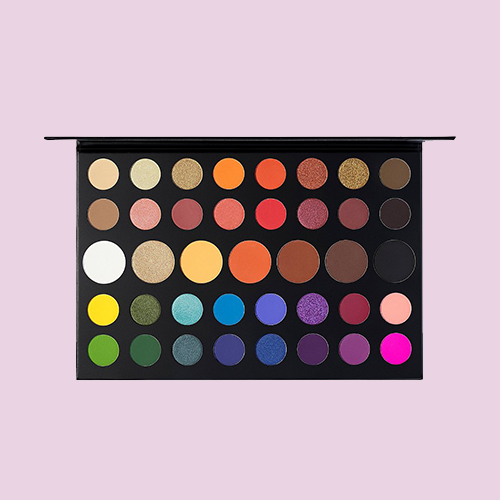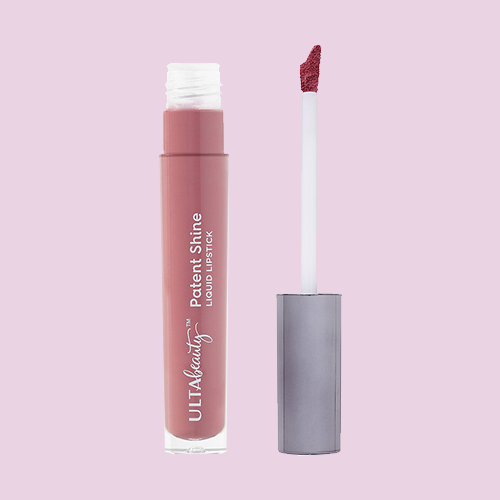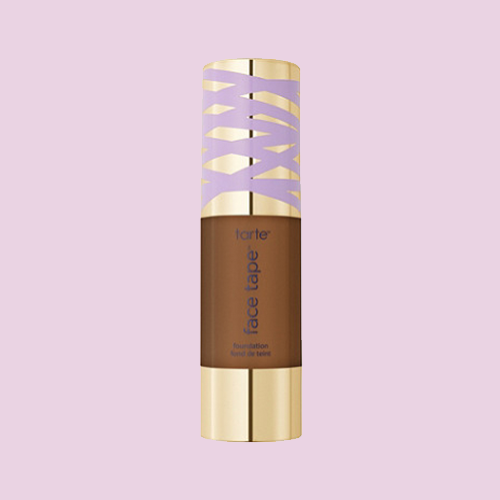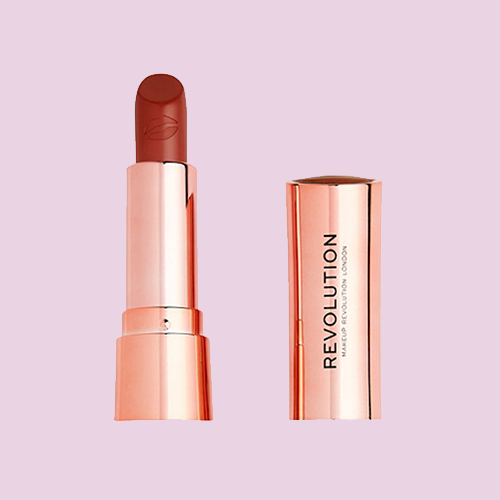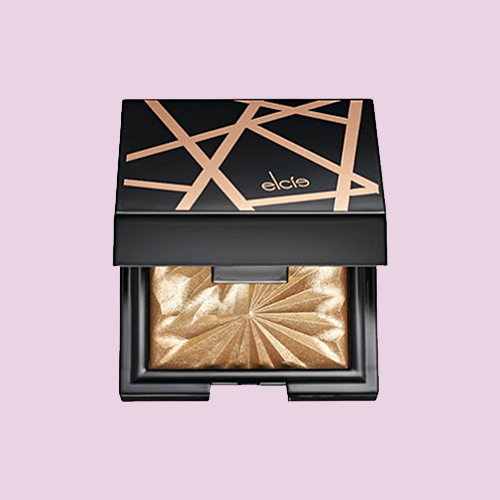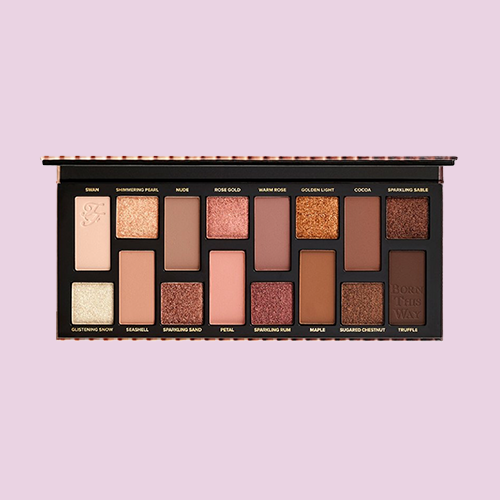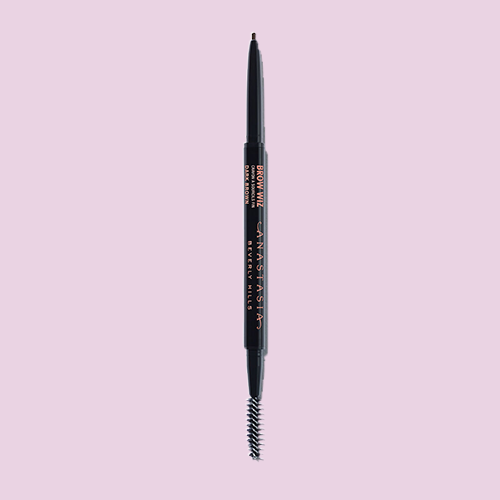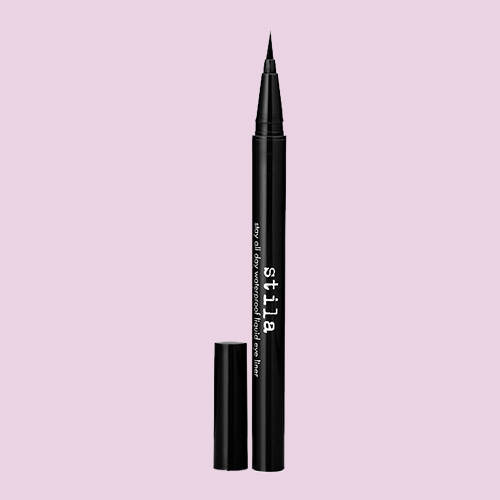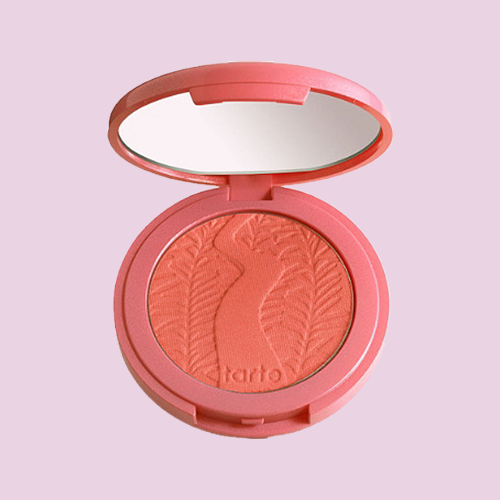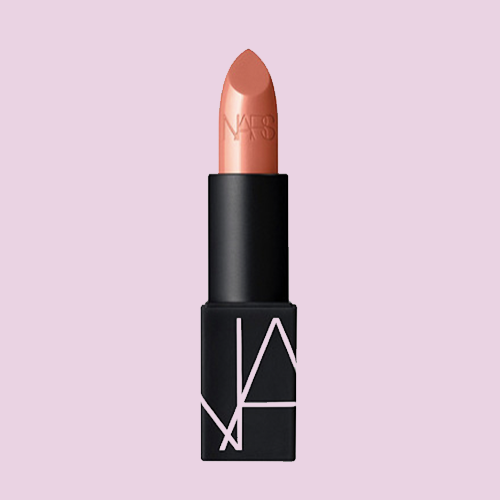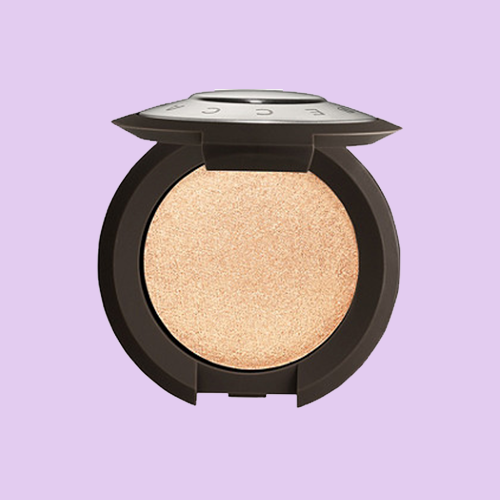Take a glance at some of the most visible Latinx women in America and you’ll find they tend to share the same characteristics: olive skin, Anglocentric features, and long glossy strands — qualities that have long pervaded every aspect of mainstream media, despite the fact that they only define one type of Latinx beauty.
That’s precisely why unique, iconic beauty looks, like a grown-out unibrow or a pair of hoops, resonate so deeply with millions of Latinx women across the nation. They act as a subversive statement against social norms that have traditionally made Latinx women feel pressured to assimilate or even reject their own heritage. Because, at the end of the day, beauty is a tool of empowerment, reclamation, and self-expression — a power move that the Latinx community knows how to harness.
AdvertisementADVERTISEMENT
To explore this intimate relationship between Latinx cultures and beauty, we’ve partnered with Ulta Beauty to tap three diverse, young Latinxs — Nicole Cano, Bethany Morrison, and Genai Nakama — to share how they’ve taken the lessons from the women before them to redefine Latinidad beauty on their own terms. Here, they get candid about the challenges they’ve faced and how it’s led them to, ultimately, embrace their unique features and their individual style. Their stories of self-acceptance and self-expression are proof that Latinidad beauty is anything but a monolith.
Growing up in a predominantly white neighborhood in Florida, 20-year-old Nikki Cano said she felt removed from the Latinx community. And like many girls back then, she idolized the blonde-haired, light-eyed pop stars of the early 2000s. “I remember [blow]-drying my hair straight when I was younger just to fit in,” says Cano, the daughter of Colombian and Mexican immigrants. “I was a bit embarrassed about my heritage.”
But spending summers in Mexico with her family helped Cano start identifying with that part of herself. She saw women with hoop earrings — ones similar to the pair she owned from when she was much younger — and it gave her the courage to wear hers with pride. Discovering new role models, too — like a certain Latinx powerhouse singer and her own red-lipstick-wearing grandmother, pictured below — helped her come to the realization that “it's cool to have a culture.”
AdvertisementADVERTISEMENT
“
“I’m so much more liberated right now with the way I represent myself and my beauty.”
”
By the age of 12, Cano stopped straightening her hair, embraced her natural curls, and chose to grow out her unibrow. “At first it felt scary, but now that I have [my unibrow], I’ve never felt more beautiful,” she says of the controversial move, since body hair and natural curls are still considered taboo among the Latinx community. But that hasn’t stopped her from changing her ways. “I knew I had to let myself explore beyond the bounds of stereotypical beauty that society has forced on women.”
Today, her beauty look is worlds apart from that of the young girl who felt ashamed of her culture. “I'm so much more liberated right now with the way I represent myself and my beauty because I know it only matters to me and I don't care how it may look to other people,” says Cano, whose bold signature makeup look often involves bright eyeshadow, glitter, lip gloss, and brow gel to highlight her unibrow.
Cano now works as a model in Los Angeles, hoping to bring more diverse Latinx representation to the media because, growing up, she says there was nobody who looked like her. But she’s still working to shed years of cultural conditioning that have made her believe there’s only one way to be Latinx.
“I fell into the chola stereotype when I was younger,” Cano says, referring to an American stereotype of Mexican women who are perceived as tough. While wearing big hoops and listening to traditional Mexican music helped Cano feel more connected to her relatives in Mexico, she eventually realized that these things didn’t necessarily have to define her.
AdvertisementADVERTISEMENT
“You are not just your ethnicity and your background,” she says. “It's a huge part of who you are but I don’t let that consume me. I like music and clothes that have nothing to do with Mexico and Colombia, and I still love being Mexican and Colombian — I won't let that identify my entire persona.”
Jamaican with East Indian and Cuban roots, 24-year-old Bethany Morrison grew up between Queens, New York and Jamaica. And yet, early in her life, Morrison rejected the idea of being Latinx: “I didn't want to be Caribbean or Latinx. I didn't like the foods. I didn't like the music,” she admits. “It took me years to want to identify with [my background].”
It didn’t help that growing up, there were few to no Latinx women in media who looked like her, whom she could relate to. “In telenovelas and other shows, nobody looked like me,” Morrison recalls.
For years, she didn’t understand why the women presented as Latinx didn’t look like her. So she turned to her mother (whom she describes as “stunning”) and her always-put-together grandmother as the women she looked up to. “[My grandmother] always used rollers in her hair,” she says. “Even at 94 years old, she needed her rollers look.”
“
“We all have our own culture, our own tradition, our own look for a reason.”
”
Things began to change when Morrison went to boarding school in upstate New York and met a group of Bermudian friends who helped introduce her to elements of her own culture. “I started listening to reggaeton, reggae, and dancehall,” she says. “My parents were completely surprised when I came home from boarding school and wanted to eat rice and beans, plantains, jerk chicken, and oxtail.”
AdvertisementADVERTISEMENT
Still, she’s constantly asked “what she is,” which has made her realize just how little understanding there is of diversity in the Latinx community. “It's amazing to me that it's 2020 and people are unaware that Latinas all look different,” she continues. “We all have our own culture, our own tradition, our own look for a reason. People don't understand that.”
To help educate others — as well as document her own path to self-acceptance as an Afro-Latinx — Morrison uses social media as her platform. She recently partnered with her best friend, who is Dominican, to share their stories as young Afro-Latinx through an upcoming series of videos. “We want to show people that there are Latinx women who look like us,” she says. “To show them the uniqueness in the community, whether someone is dark-skinned, light-skinned, or brown.”
For a long time, Morrison says she linked beauty with "any form of whiteness," especially having straight hair. "Because of this, I used to have a friend straighten my hair every time I washed it, which I now regret because my hair has never been the same since," she says. "My outlook on beauty has evolved so much within the past six years."
Today, Morrison embraces her natural hair. "When I was in college, I fell in love with protective and natural hairstyles," she says. "Every protective style I do — faux locs, Marley twists, or spring twists — I learned how to do on myself."
She uses her makeup, too, as a means of self-expression and a celebration of her identity. Her signature look, which she describes as “snatched” and “sleek,” is inspired by her desire to highlight her melanin and natural features. She keeps her makeup subtle and fresh, with hydrating foundation and concealers and "really glossy" lips. But the Caribbean in her jumps out when she adds a pop of color. “I like it when people say I’m glowing,” she says.
AdvertisementADVERTISEMENT
A fourth-generation American of Mexican and Japanese descent, 19-year-old Genai Nakama, who hails from Los Angeles, has, for as long as she remembers, struggled to identify with her mixed-heritage background. “I always felt like an outsider,” she recalls.
For some, she “wasn’t Latinx enough” because she didn’t speak Spanish. For others, she “wasn’t Asian enough” because she didn’t have monolids or speak Japanese. And then there were those who said she was “too brown.”
“To not be accepted by the people I thought I looked like, and that I felt would connect with me, was very hard,” she says. “It was a struggle to understand that I am Mexican, I am a Latina, I am a part of this community.”
“
“I always felt like an outsider…I’ve reached a point where I love who I am.”
”
The lack of diversity in how Latinxs were represented in media also added to this confusion. “There were no women who had body hair like I do or who were my skin color,” she says. “Even the Latinas represented in media today are making steps toward inclusivity, but it's still women who have a lighter skin tone, who have more Eurocentric features that I don’t have and never will have.”
But Nakama found strength in creative forms of self-expression. “My mom and my grandma were very much into fashion and beauty,” she says, recalling her grandmother’s “big curly hair” and elaborate getting-ready process. “Even to this day, my grandma wakes up hours before work just to make sure that she has time to wash, blowdry, and style her hair.” But don’t mistake her grandmother’s complex beauty routine for vanity, because it’s not — it’s a kind of armor, Nakama says.
AdvertisementADVERTISEMENT
“I was raised in a family that never wanted to draw attention, that wouldn’t wear or do anything to make them stand out more than was necessary,” says Nakama, recognizing that her freedom of creative expression is a privilege that comes with intergenerational change. “My mom was always very supportive of whatever I wanted to do with my look — letting me express myself through makeup and hair — because she never had that; she grew up in a very religious household.”
And Nakama has taken full advantage of that creative freedom, experimenting with graphic eyeliners and playful shapes (just take a look at her star-liner lid look, above). But the rest she keeps relatively pared back: a signature look she describes as “classic and simple with an elevated 2020 twist,” which involves matching her blush and lip color and filling in her brows as much as she can.
In her work as a model, Nakama has met plenty of other mixed-race women who have also struggled with their identities. And it’s given her a new purpose: to shatter beauty standards and to prove there aren’t any rules when it comes to defining what it means to be Latinx.
“Having met other creatives and other brown girls that are accepting of me, I've been able to accept more of who I am,” she says. “I've reached a point where I love who I am, and I would love to show [other women of mixed backgrounds] that it's okay to not be fully one thing, because it doesn't take away from who you are.”
AdvertisementADVERTISEMENT









